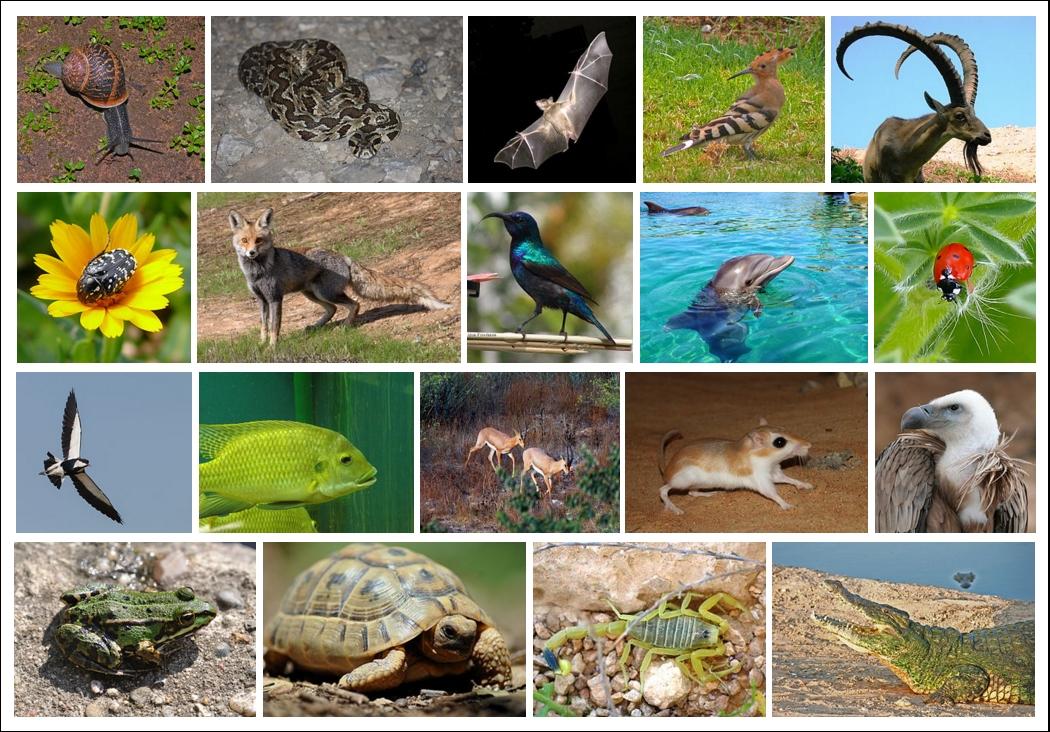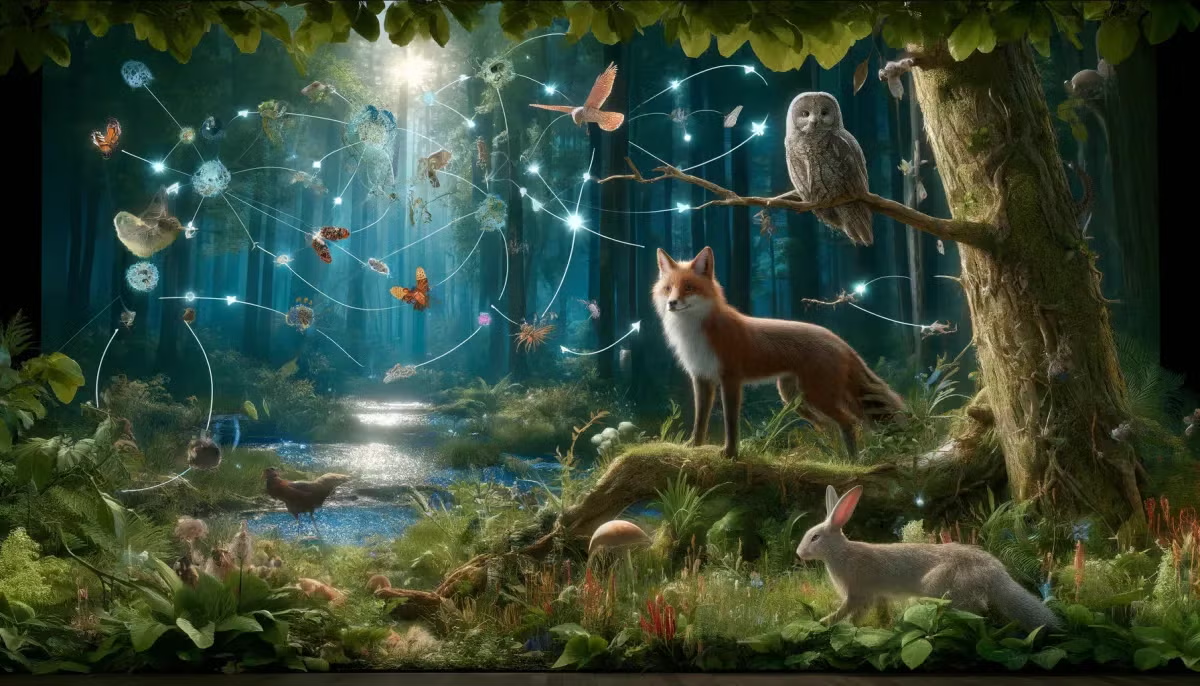
Invasive Species: What Can You Do?
by Scott Milne
In this lesson, students will discuss where invasive species come from and their impacts on the ecosystems in which they are found. In groups, students will research invasive species common in the Sonoran Desert and work together to create a public service announcement style presentation to communicate their information. As part of their presentation, students will design a management or mitigation strategy to address the invasive species that they researched. Groups will present their information to the class on the last day of the lesson.
Lesson Plan Link/URL
https://docs.google.com/presentation/d/1wM_duSA2_X6MiFrhWhLK0VT3VUwq9yk_GIYtqga…Related Content

Grades:
9th Grade, 10th Grade, 11th Grade, 12th Grade
The first rule in the chemistry lab is “don’t eat or drink or lick anything in the lab”! This lesson breaks those rules and shows students how culinary is really a practical application of chemistry

Grades:
6th Grade, 7th Grade, 8th Grade, 9th Grade, 10th Grade, 11th Grade, 12th Grade
Students use a GIS story map and hands on investigation to analyze the urban heat island effect in Phoenix.

Grades:
2nd Grade, 3rd Grade
Students will research a biome around the world, including 3 animals, 3 plants, and 3 nonliving parts of the ecosystem. Students will construct a diorama of the biome and illustrate a natural disaster